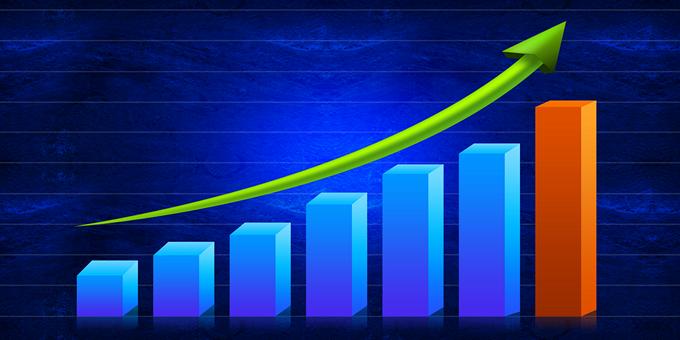The April housing starts increase was unexpected, surprising many economists and others who bought into the weaker numbers in February and March. The importance of a particular monthly metric is a little hard to pin down, but in this case, the rise in April housing starts can be explained by any of these three suppositions.
- The weak Q1 economic reports caused economists and observers to overlook some underlying strength in the housing market.
- Or, weak first quarter economic reports caused them to miss some underlying strength in overall economy, and the strong April housing report is foretelling a relatively robust second quarter.
- Or, April is simply only one good month, an outlier if you will, so don’t get too excited.
One positive takeaway from the April housing starts report from the Census Bureau was that single-family and total housing starts were at their highest levels since January 2008. That’s almost since before the recession, but not before the housing crash that proceeded it. Still, April represents some measure of recovery from the flat bottom that housing has been stuck in since the end of the recession. That’s if, in fact, the recession is really over.
Despite the uptick, the entire housing industry is still chugging along at historical lows. Historical lows, in this case are wildly understating low. In fact, 4 of the last 6 years saw the lowest levels of housing starts since the Census Bureau began keeping housing market research in 1963.
Housing starts of just over 1 million units per year, which is where the rate now stands, were where housing stood during the recessions of the 1970s and ’80s. During more healthy economic times, starts were usually over 1.5 million units in any given year, and were often over 2 million units.
Altogether, April housing starts came in at an annualized rate of 1.135 million units in April. That’s more than 20 percent above the revised March rate and 9.2 percent above April 2014. Moreover, single-family housing starts in April were at an annualized rate of 733,000 units, which is 16.7 percent above the revised March figure. The Census Bureau also reported that housing units authorized by building permits in April were at an annualized rate of 1.143 million units, or 10.1 percent above the March rate and 6.4 percent above April 2014. Permits and starts are important indicators of the future movement of the market. Suffice it to say the April housing starts increase was surprising.
Thus, one economic indicator is looking better, and the overall picture is looking a little more mixed, rather that straight-up sluggish for 2Q, at least when compared with 1Q. Though the housing report came too late to influence the Federal Open Market Committee meeting, it might be a little more fodder in the near future for those at the central bank who will argue for higher interest rates. Even so, it’s fairly certain that interest rates aren’t going up this month or probably before the end of the summer.






Leave a Reply